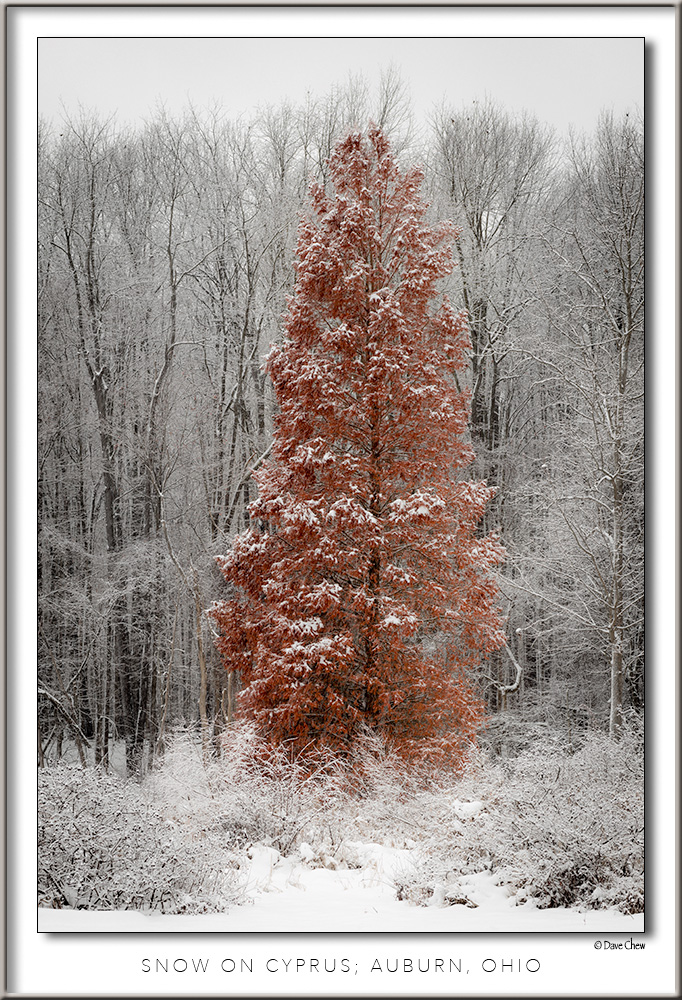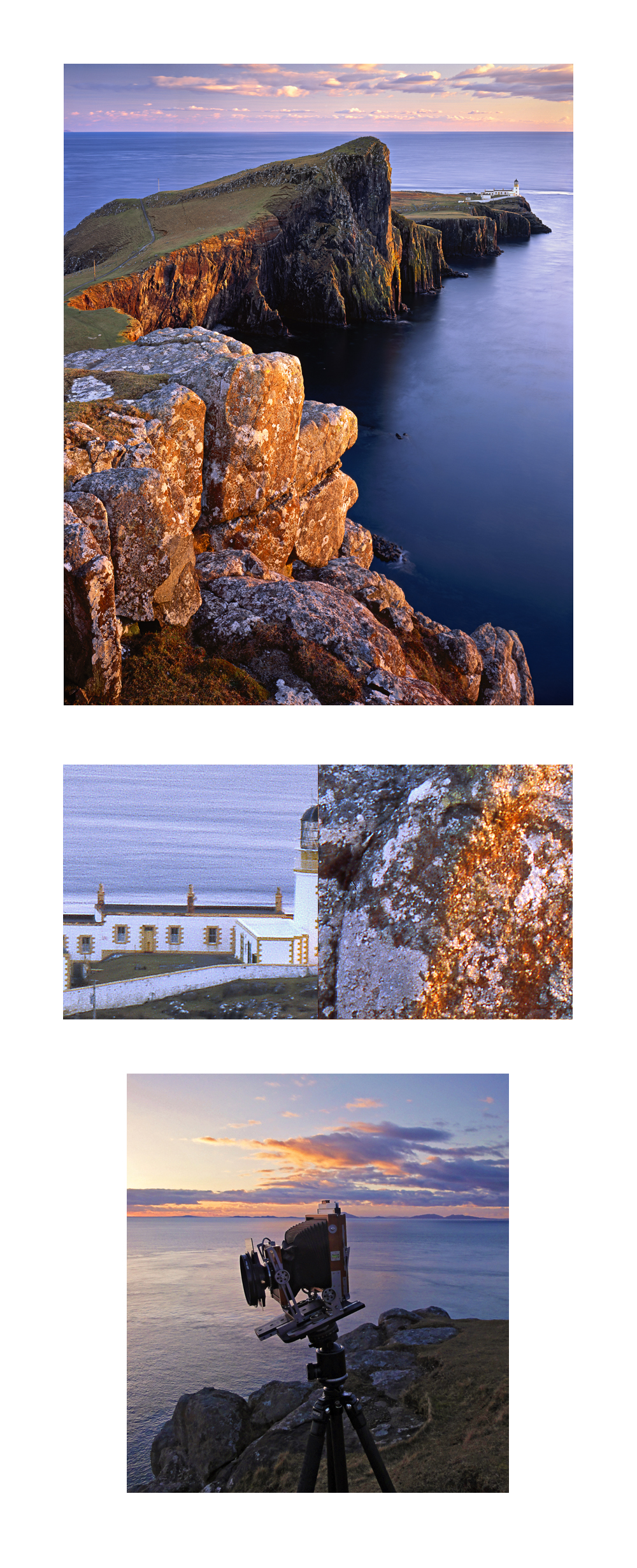jamesdfloyd
Member
This might seem like a simpleton question, or asked already, but here goes.
I am fully aware of why & how you would use a true technical camera for architectural photography, but I am wondering about it’s uses in landscape.
Now, before quick responses, I have seen a few YouTube videos showing Alpa, Schneider & Phase One combinations, but I am having a hard time understanding the total benefit – plus those videos never say “why”. With Phase One releasing Schneider glass lens, in the 28mm & 35mm size, as well as the benefit of motion reduction by using leaf shutter & mirror up, I wonder what is the benefit.
Not being snarky, I am just curious because I want to take the best landscapes I can, and the price of a technical camera, and lens is not an issue for me. Buy a technical, or invest in Phase One Schneider lens?
Thanks!
I am fully aware of why & how you would use a true technical camera for architectural photography, but I am wondering about it’s uses in landscape.
Now, before quick responses, I have seen a few YouTube videos showing Alpa, Schneider & Phase One combinations, but I am having a hard time understanding the total benefit – plus those videos never say “why”. With Phase One releasing Schneider glass lens, in the 28mm & 35mm size, as well as the benefit of motion reduction by using leaf shutter & mirror up, I wonder what is the benefit.
Not being snarky, I am just curious because I want to take the best landscapes I can, and the price of a technical camera, and lens is not an issue for me. Buy a technical, or invest in Phase One Schneider lens?
Thanks!




